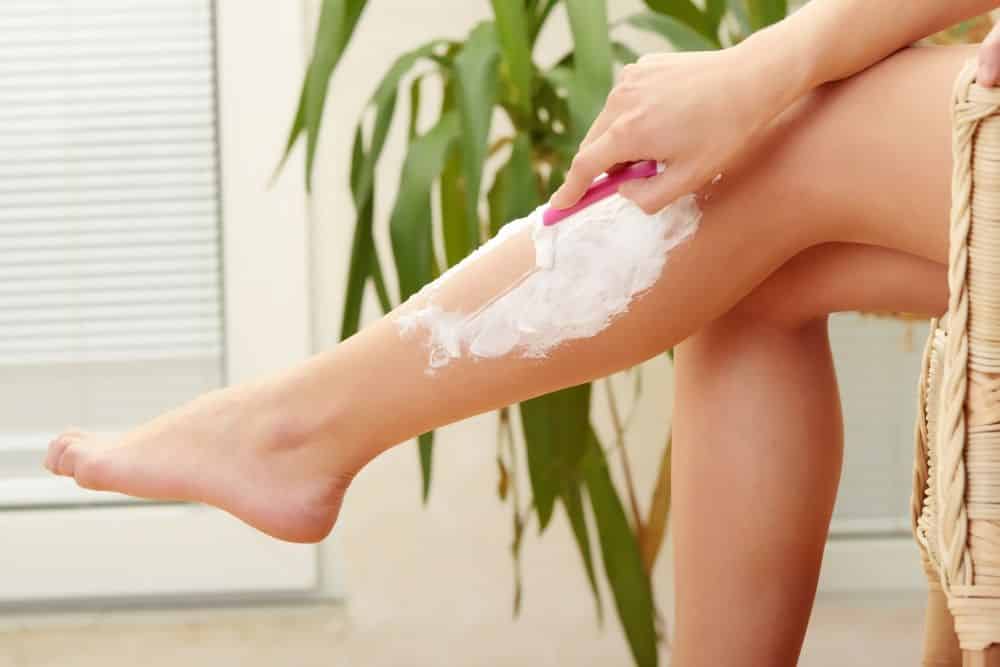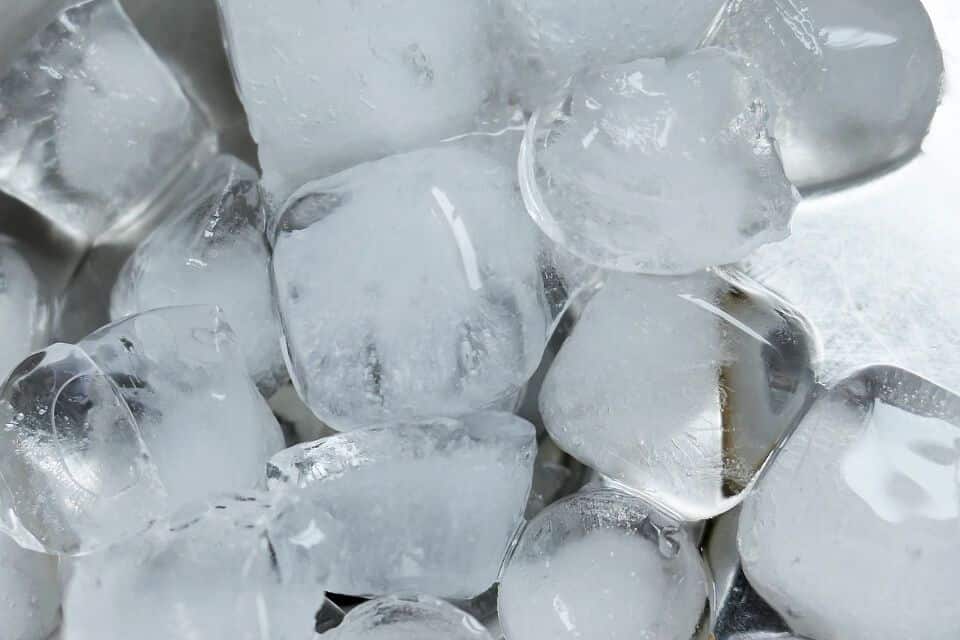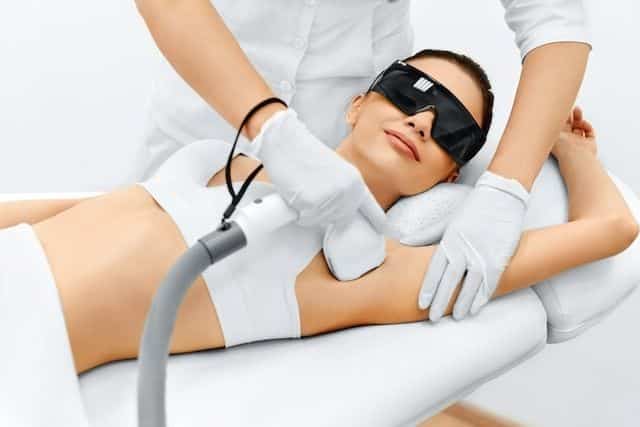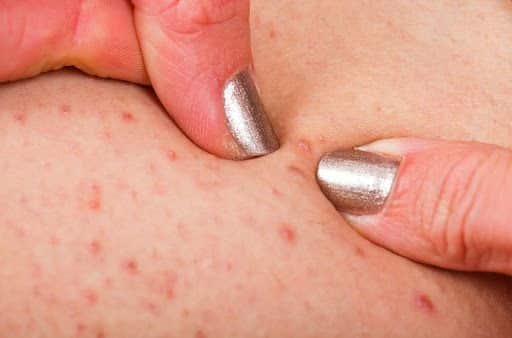Ingrown hair is when hair grows into the skin, forming an inflamed area. So, see tricks to avoid this when waxing.
Ingrown hair is very common, especially among women, as they use blades on more parts of the body when shaving. However, this is a problem that comes from the hair itself which, having difficulty getting out of the skin, curls up inside the follicle, creating the little hair we see.
Therefore, you can use homemade tricks to prevent hair from becoming ingrown to your skin, processes that are simple, such as exfoliation, washing with soap and using shaving creams – or abandon waxing altogether, which is very painful with waxing.
Ingrown hair – why does it happen?
Ingrown hairs can happen anywhere on the body that we shave with razors. In short, this happens because when it is cut without removing the root (follicle), it can grow curled up inside the skin.

Therefore, an ingrown hair is like a foreign body for our body – like a virus that needs to be fought – so our body programs itself to carry out this combat action.
This causes inflammation of the area and possible darkening due to injuries caused by waxing, especially at home.
In general, ingrown hairs are more common in areas of the body that have thick hair, such as the bikini line and armpits, and people with curly hair, as their hair and curly hair become ingrown naturally.
Avoid ingrown hairs during waxing
Now that you know why ingrown hair appears so easily on the skin, see tips and tricks to prevent this from happening on your body. In short, several processes can alleviate inflammation of the follicles.
Exfoliants and clean skin

Before shaving or waxing, washing the area with antiseptic, neutral or antibacterial soap is a good start, as excess dirt, residue and oil will be removed from the pores, making it easier to cut the hair.
In addition, skin exfoliants also help remove dead cells, helping with waxing and cleaning the area so that new hair grows, essential to prevent ingrown hairs from occurring.
- Homemade exfoliant tip: rice flour with milk and cornmeal or sugar with honey are good options to make two to three times a week; The ideal is not to do this before waxing.
Creams or conditioners

Moisturizing creams are good maintainers of healthy skin. Furthermore, you can also use them in the area to be shaved with a razor so that it doesn’t itch and they don’t get ingrown easily.
Furthermore, hair conditioners are also good for this time of shaving, as they need to be removed from the body at the end of the process.
Talc, hair removal gel and shaving creams

After leaving your skin clean and exfoliated, an astringent lotion to clean it even more, very common for removing makeup and in skincare, won’t hurt either! Can be applied with cotton.
Therefore, applying talcum powder to the area to be waxed with hot wax also helps to reduce the oiliness of the skin and hair, making it easier for the wax to stick and avoiding injuries when removing them.
However, if you prefer shaving gel, even better. It is specific to avoid irritation and ingrown hairs, requiring it to be removed, cleaned and moisturized after the process. Shaving creams are also valid here!
Shave in the direction of the hair

Remember not to share razors, as this can cause more follicle infections. Also, change them frequently, as dull blades can irritate and burn your skin.
- Blade dullness can be noticed when you feel it rough on your skin or a sensation that it is pulling the hairs too much.
Added to this, moving the razor in the direction of the hair means fewer chances of you accidentally cutting your skin and infecting the area. In general, sensitive skin tends to be more affected by this.
Moisturizers and anti-inflammatory ointments

If, despite following all the tips, your hair becomes ingrown and becomes much worse, try anti-inflammatory ointments to help reduce inflammation. This way, bacteria will proliferate less, reducing blemishes and scars.
Additionally, products containing urea, glycolic acid, benzoyl peroxide, salicylic acid or urea also stimulate the improvement of ingrown hairs.
Ice soothes

Another tip for post-shaving or waxing is to apply a cold or ice compress to the area to reduce the dilation of blood vessels that were affected by hair removal, relieving inflammation and the sensation of heat in the skin.
Top tip: how about stopping waxing?

If you’re tired of struggling with hair removal, whether it’s shaving or waxing, have you ever thought about stopping shaving? Using razors causes micro-injuries to the skin, opening space for bacteria and other microorganisms to enter the body. In this sense, hair discoloration or “moon bathing” can be a good option.
Furthermore, wax enlarges the follicles, also leaving a suitable region for bacteria to accumulate. Added to this, the pulling movement brings blood to the surface of the skin. Then, in contact with the sun, the iron in the blood oxidizes and darkens the region.
Even so, if abandoning traditional hair removal is not an option, there is always laser hair removal as an alternative, as it removes the root of the hair, preventing ingrown hairs.

Sources: Catraca Livre, Gillette Vênus, Isto É Magazine
Images: Delas IG, Cláudia, Softhair, Tua Saúde, Bem Me Quer, Depilação de Sucesso, Portal R10, Ana Maria Braga, Guia 55

Sign up for our newsletter and stay up to date with exclusive news
that can transform your routine!
Warning: Undefined array key "title" in /home/storelat/public_html/wp-content/plugins/link-whisper-premium/templates/frontend/related-posts.php on line 12
Warning: Undefined array key "title_tag" in /home/storelat/public_html/wp-content/plugins/link-whisper-premium/templates/frontend/related-posts.php on line 13




